Decoding Metaverse : The changing landscape of World Wide Web
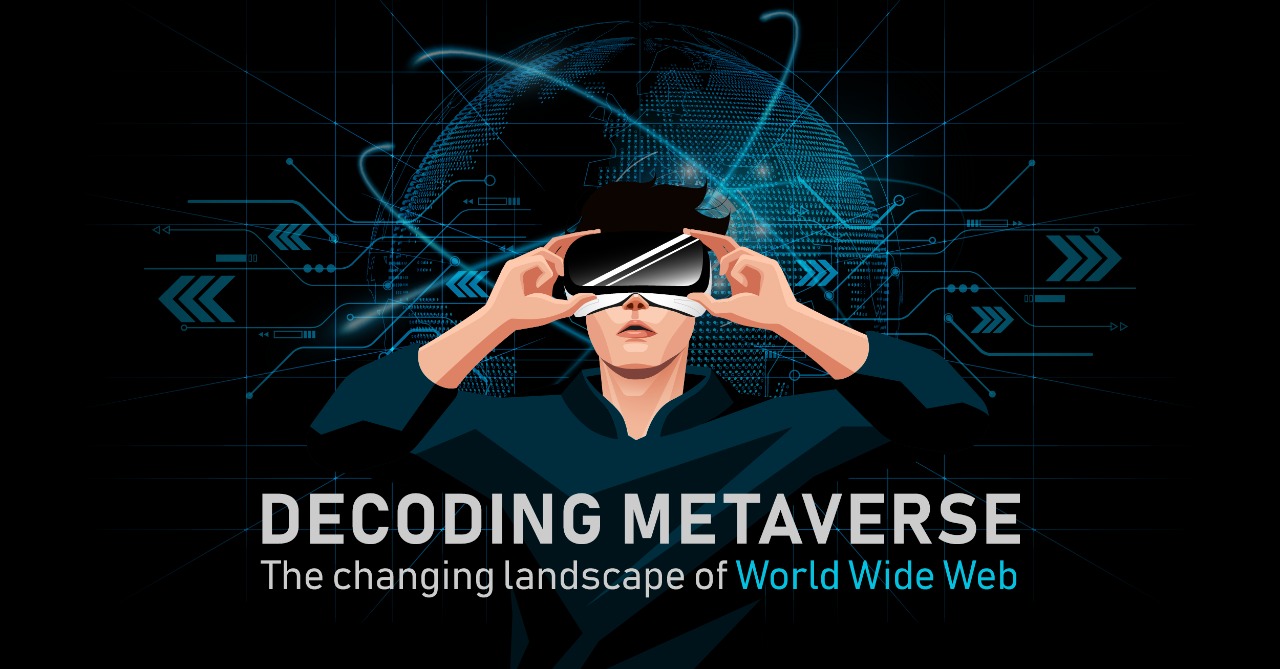
Online or Virtual world as it is usually called is fast-paced wherein technological innovations are changing the landscape rapidly. Being in this field, one needs to keep one’s eyes and ears open to new experiences, new technological paradigm shifts, adjust the pace in order to stay ahead.
Yes, you guessed it right! We are going to delve deep into Metaverse. When we talk about Metaverse, we come across terms – Augmented Reality and Virtual Reality. I have seen people use both of them interchangeably and been frequently asked about the difference between them. So, let’s catch the bull by it’s horns!
Augmented Reality vs Virtual Reality
As the name suggests, Augmented reality expands the realm of reality or enhances physical reality. Virtual Reality is the use of technology to create an alternate environment. Unlike Virtual Reality, which requires you to wear glasses to enter a new world, thereby creating reality, Augmented reality adds a layer of virtual objects to the existing physical reality.
As a hopeless romantic in a long distance relationship, you may visit a romantic Sunset point and imagine your love interest to be physically present. You watch the the beautiful sunset with him/her, and that, my friend, is augmented reality! However, if you close your eyes and imagine yourself to be in your love interest’s city and having a stroll in the place where you are not present, that is Virtual Reality!
I request all hopeless romantics to come back to the blog content. Thanks in advance!
History of Virtual Reality:
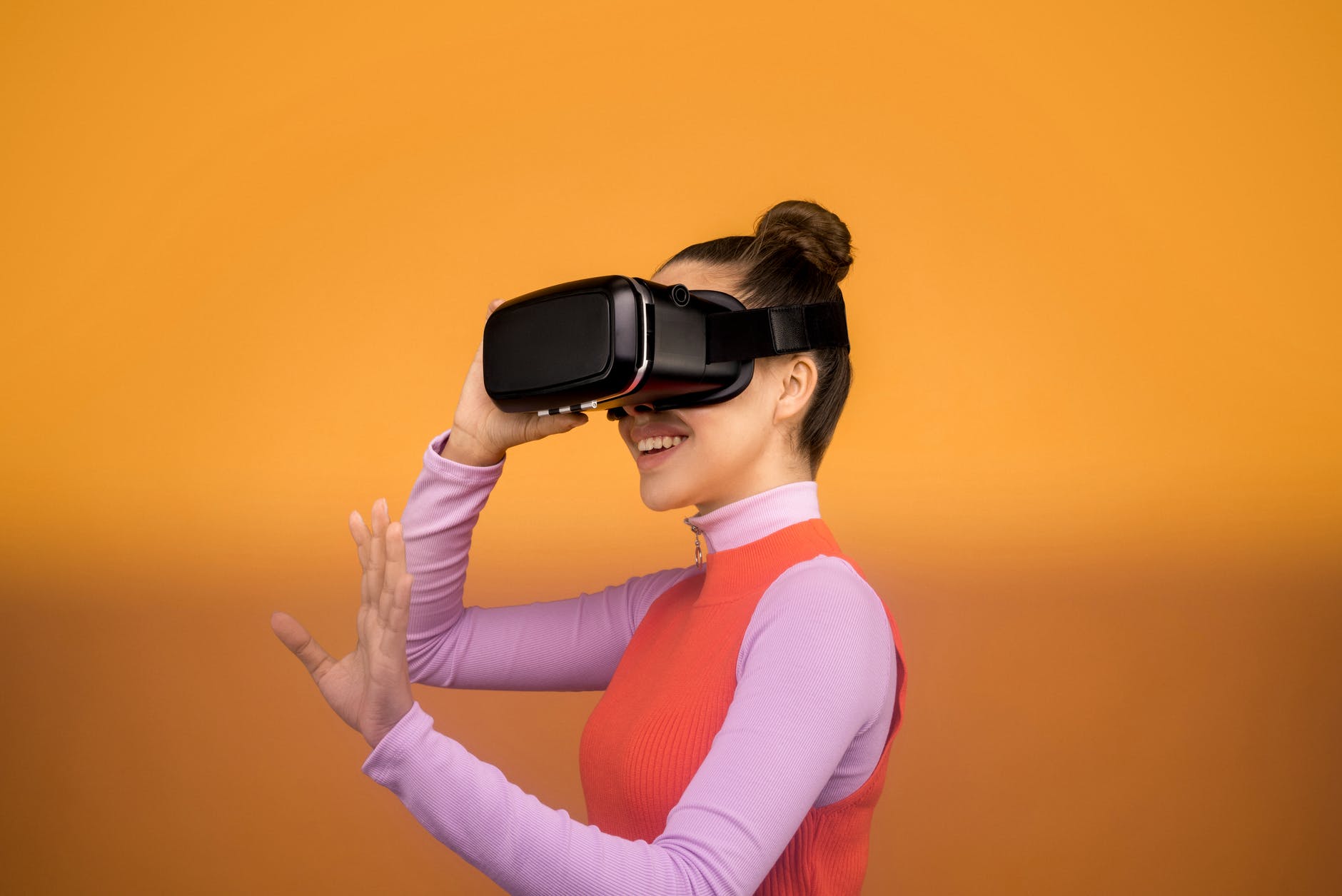
Photo by Sound On on Pexels.com
In 1838, the first stereoscope was invented, using twin mirrors to project a single image. This proved to be the first example of immersive and simulated experience at that time.
Have you heard of Morton Heilig? While discussing the history of Virtual Reality, I would take the liberty of sending you back in time to the year 1956 when Morton Heilig, a cinematographer in Hollywood, invented the Sensorama. Sensorama was basically a theatrical experience that stimulates all the senses of the viewer. He went on to patent the simulator in 1962.
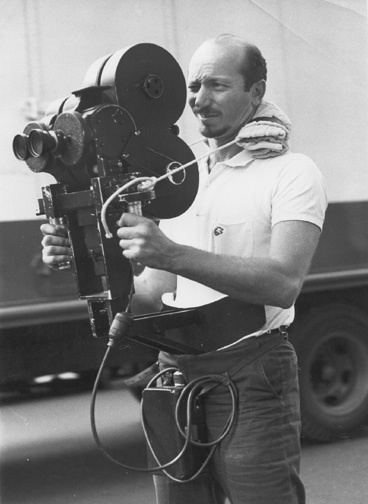
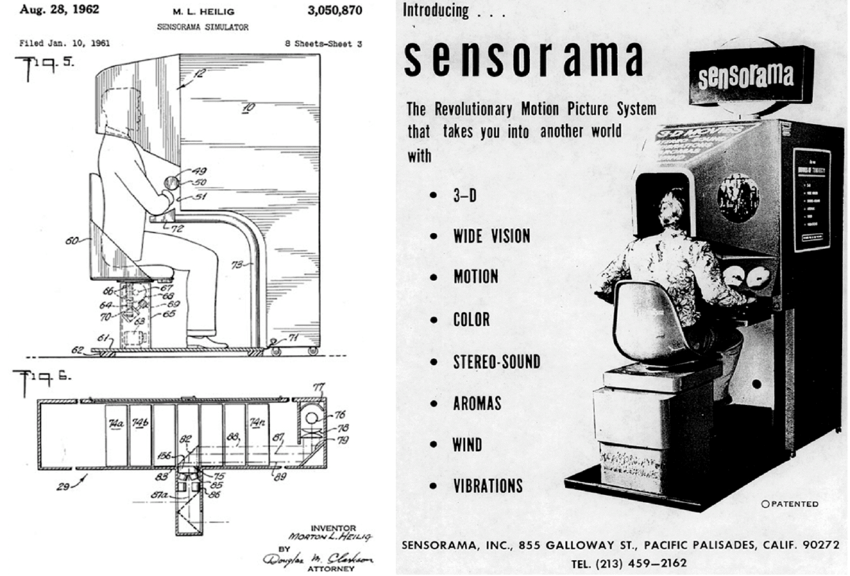
Heilig did not stop at that. He went on to create his own 3D motion picture camera for capturing the short films that he would shoot, produce and edit himself. This included a short film titled I’m a Coca-Cola Bottle. Heilig patented the cinema-sized experience theatre concept in 1969.
In mid-1980’s, Jaron Lanier coined the term ‘Virtual Reality’. Interestingly, Lanier developed goggles and gloves needed to experience Virtual Reality.

History of Augmented Reality
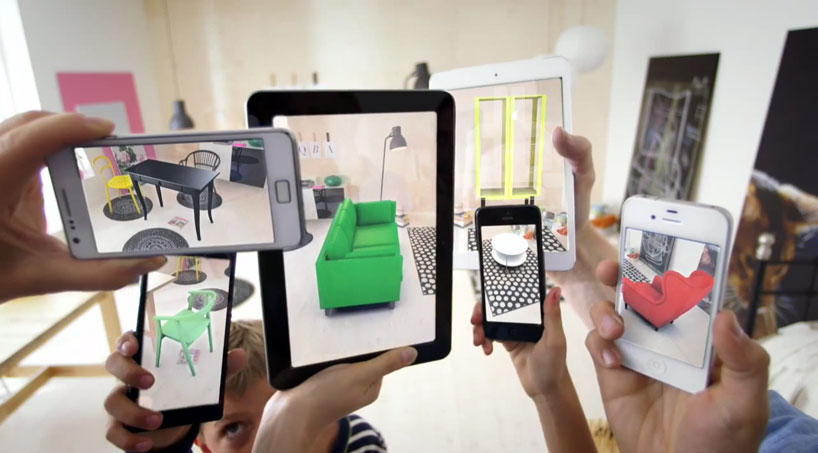
At the beginning of the 20th century, L. Frank Baum authored ‘The Master Key’ made the first ever recorded reference to AR. It described the Character marker as follows:
“It consists of this pair of spectacles. While you wear them every one you meet will be marked upon the forehead with a letter indicating his or her character. The good will bear the letter ‘G,’ the evil the letter ‘E.’ The wise will be marked with a ‘W’ and the foolish with an ‘F.’ The kind will show a ‘K’ upon their foreheads and the cruel a letter ‘C. Thus you may determine by a single look the true natures of all those you encounter.”
The term Augmented Reality was coined in 1990. However, in 1968, Ivan Sutherland and Bob Sproull created a first head mounted display called the Sword of Damocles: https://www.youtube.com/watch?v=NtwZXGprxag. For those who don’t know, Ivan Sutherland is widely regarded as “Father of computer graphics”.
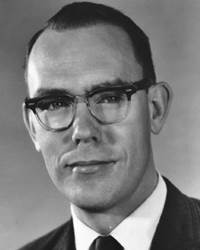
In 1999, Frank Delgado and Mike Abernathy led a group of scientists to test a new navigation software that generated runways and streets data from a helicopter video!
Today, Augmented Reality has wide ranging applications in various sectors that affect mankind.
Metaverse or Web3
Practice, practice, Practice till you gain perfection!
We have heard similar quotes innumerable times in our lives. This quote holds true for Tim Berners Lee and Technologists of his tribe!
Ambuj, did you mention Tim Berners Lee?
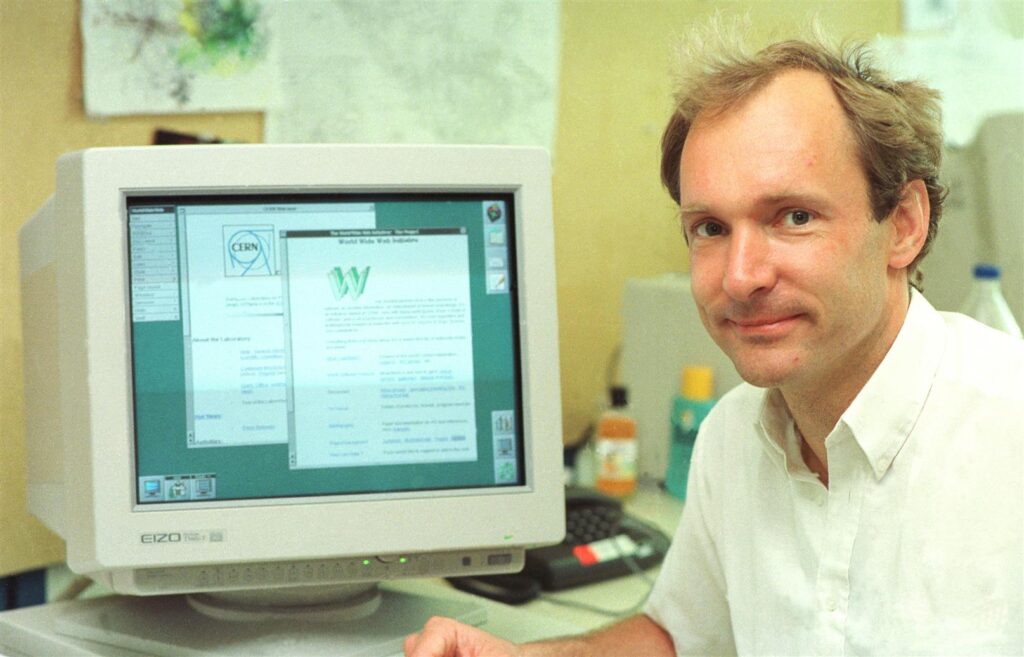
Oh yes, I did. For the uninitiated, Tim Berners Lee is a British scientist who invented World Wide Web (WWW) in 1989 while working at CERN. His thoughts around the WWW at that time revolved around making a powerful and easy to use Global Information System by merging the evolving technologies of computers, data networks and hypertext. He had written the first proposal for WWW in 1989 and second enhanced version of the same in 1990. By the end of 1990, Lee had the first web server, browser up and running at CERN. Logically and factually, the first website that went live was http://info.cern.ch/ As on date, there are 2 billion websites!
The evolution of WWW and Inception of Metaverse
Web 1.0 (1990-2004)
The timeline of 1990 to 2004 is termed as the First wave of Web or Web 1.0. Here, the users were still getting used to the computer and the websites played the role of only disseminating the content. Arguably, users would only consume the content. Some prominent websites that took shape during the ‘Static’ phase of WWW were MSN, Netscape, Geocities, Yahoo, AOL etc.
Web 2.0 (2005-2020)
Things changed gradually by the year 2005 when Social media platforms like Facebook, LinkedIn etc. and Blog content creation platforms such as Blogger.com became more mainstream. Now the users would not just consume content published by websites but also be able to create content like blogs, social media posts etc. We are still living in this generation.
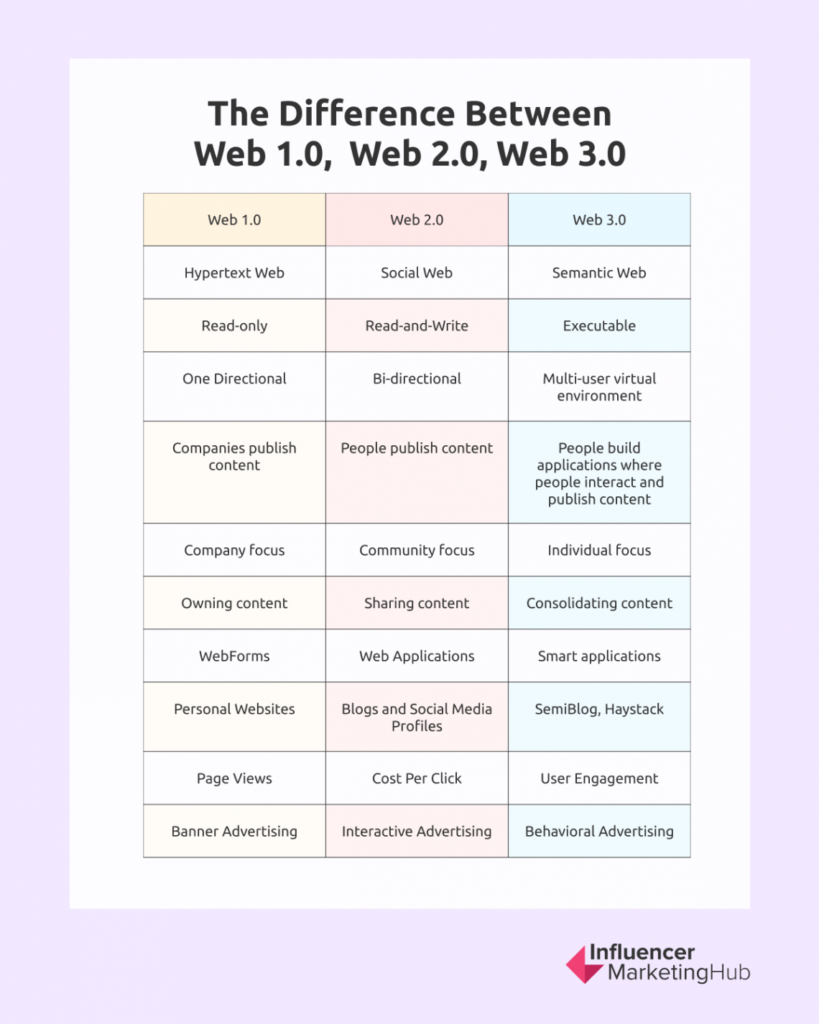
Web 3.0 or Metaverse (2020 onwards)
As I mentioned earlier, technology is evolving at a lightening pace and it is important for all of us to catch up! Due to inherent shortcomings of the Web2.0 and its prominent platforms and adding to that, the quest for users to have more immersive experience, the next wave of WWW has already begun! This wave that has started from 2020 is called the Web3.0. Metaverse or Web 3 is going to change the way people transact in day to day life. If you have played games like Roblox, or Fortnight or Minecraft, you have already got a taste of Metaverse.
Neal Stephenson’s novel titled ‘Snowcrash’ published in 1992 coined the term Metaverse . (Subsequently, India was getting liberalised!)
As a concept, Metaverse, rose in popularity during the COVID pandemic when people maintained ‘safe distance’ from each other. On similar lines, companies implemented remote working policies, conducted virtual Dealer-Supplier meets, marriages took place over zoom and Google Meet, classes were conducted on various LMS platforms. Furthermore, people wanted to learn about Metaverse and understand its utility.
In a nutshell, the Metaverse represents a three-dimensional virtual world. Based on the lessons from real world, users can don a suitable avatar, transact using wallets, create fan moments, brands can build virtual storefronts, individuals can trade land, buildings, and other digital assets.
Some prominent companies that are making a foray in the Metaverse are Decentraland, Sandbox etc.
Based on demand and sentiment, Social Buzz is writing a series of blog posts on Metaverse and it’s various use cases to make everyone appreciate and understand the new age marketing proposition.
Other blogs on Metaverse
Social Buzz has written some amazing blogs that help you understand Metaverse in easy words:
Sources of inspiration:
https://www.goodreads.com/book/show/1294222.The_Master_Key
https://www.youtube.com/watch?v=NtwZXGprxag
https://home.cern/science/computing/birth-web/short-history-web
https://www.lifewire.com/augmented-reality-ar-definition-4155104
https://www.engadget.com/2014-02-16-morton-heiligs-sensorama-simulator.html
https://www.fi.edu/virtual-reality/history-of-virtual-reality




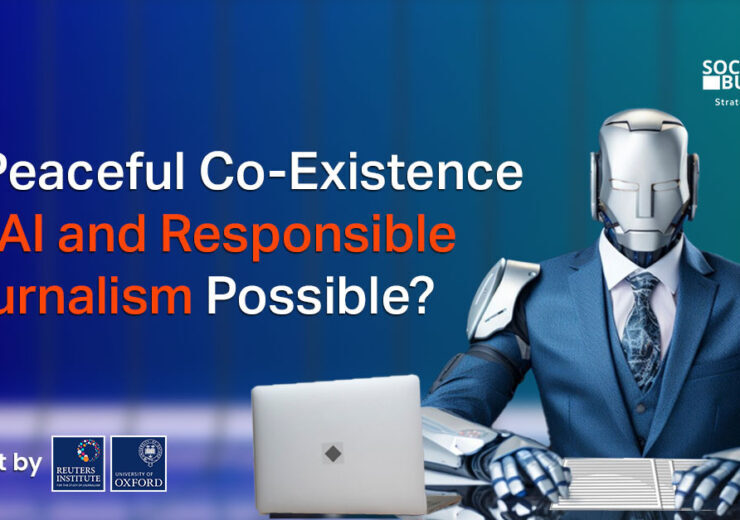
Thanks for sharing this informative post, learn much more about metaverse now. Cheers Siennylovesdrawing
I’m glad that you have learnt a lot about the metaverse from this post! We have written a lot of perspectives of the metaverse right from Fashion to travel to education in the Metaverse. You may feel free to check out the other blog posts too!
This is absolutely fascinating. I didn’t know much about Metaverse – and I’ve learned a lot in your post about many aspects of the internet. Hence – time well spent 😉
I’m absolutely glad that your time spent on the blog post is meaningful!